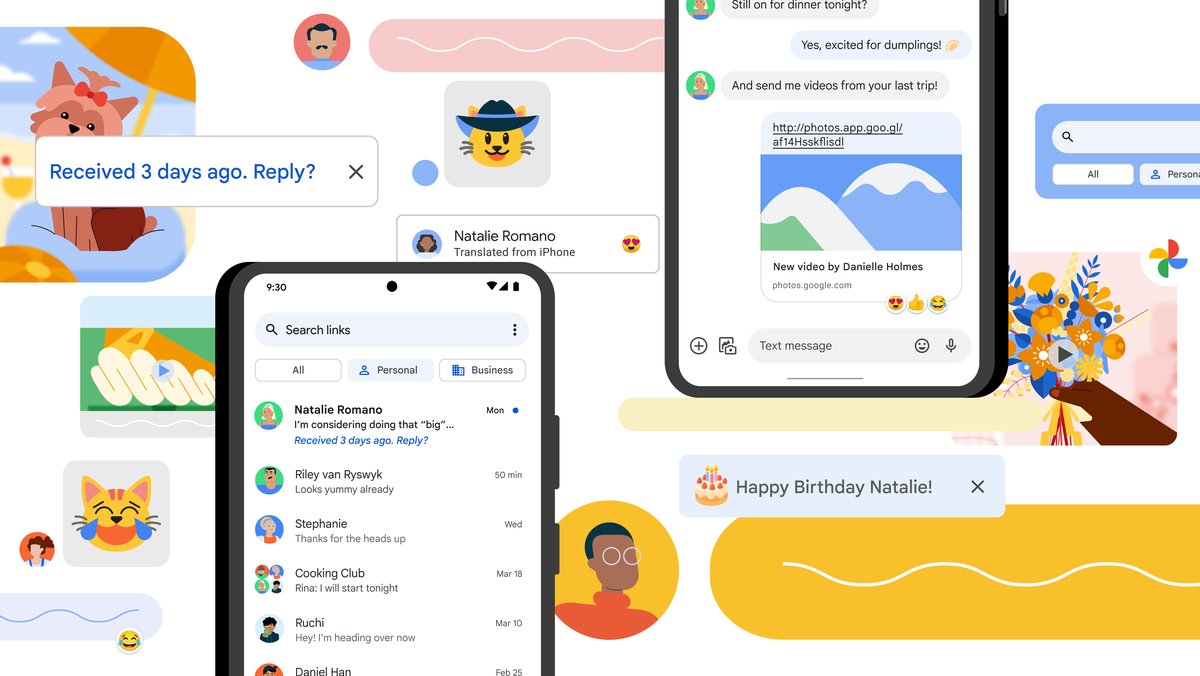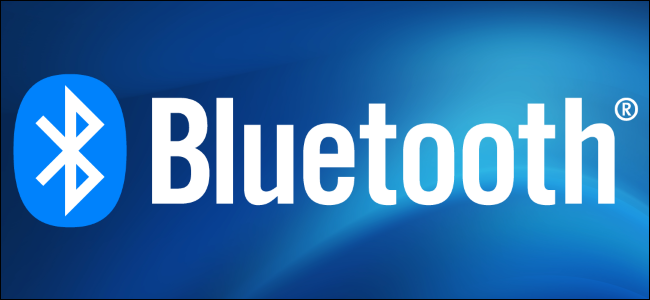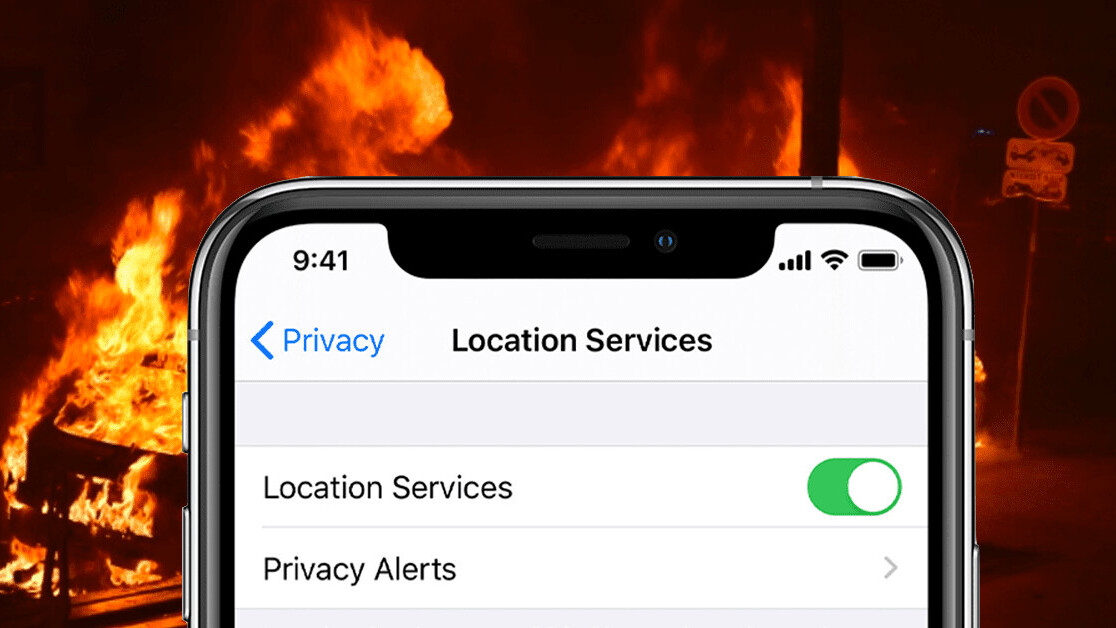First US apps based on Google and Apple Exposure Notification System expected in ‘coming weeks’
Google Vice President of Engineering Dave Burke provided an update about the Exposure Notifications System (ENS) that Google developed in partnership with Apple as a way to help public health authorities supplement contact-tracing efforts with a connected solution that preserves privacy while alerting people of potential exposure to confirmed cases of COVID-19. In the update, Burke notes that the company expects “to see the first set of these apps roll out in the coming weeks” in the U.S., which may be a tacit response to some critics who have pointed out that we haven’t seen much in the way of actual products being built on the technology that was launched in May.
He also shared recent updates(Exposure)
Burke writes that 20 states and territories across the U.S. are currently “exploring” apps that make use of the ENS system, and that together those represent nearly half (45%) of the overall American populace. He also shared recent updates and improvements made to both the Exposure Notification API as well as to its surrounding documentation and information that the companies have shared in order to answer questions from state health agencies, and hopefully make its use and privacy implications more transparent.

The ENS API now supports exposure notifications between countries, which Burke says is a feature added based on nations that have already launched apps based on the tech (that includes Canada, as of today, as well as some European nations).

It’s also now better at using Bluetooth values specific to a wider range of devices to improve nearby device detection accuracy. He also says they’ve improved the reliability for both apps and debugging tools for those working on development, which should help public health authorities and their developer partners more easily build apps that actually use ENS.

Burke continues that there’s been feedback from developers that they’d like more detail about how ENS works under the covers, and so they’ve published public-facing guides that direct health authorities about test verification server creation, code revealing its underlying workings and information about what data is actually collected (in a de-identified manner) to allow for much more transparent debugging and verification of proper app functioning.
Google also explains why it requires that an Android device’s location setting be turned on to use Exposure Notifications — even though apps built using the API are explicitly forbidden from also collecting location data. Basically, it’s a legacy requirement that Google is removing in Android 11, which is set to be released soon. In the meantime, however, Burke says that even with location services turned off, no app that uses the ENS will actually be able to see or receive any location data.





